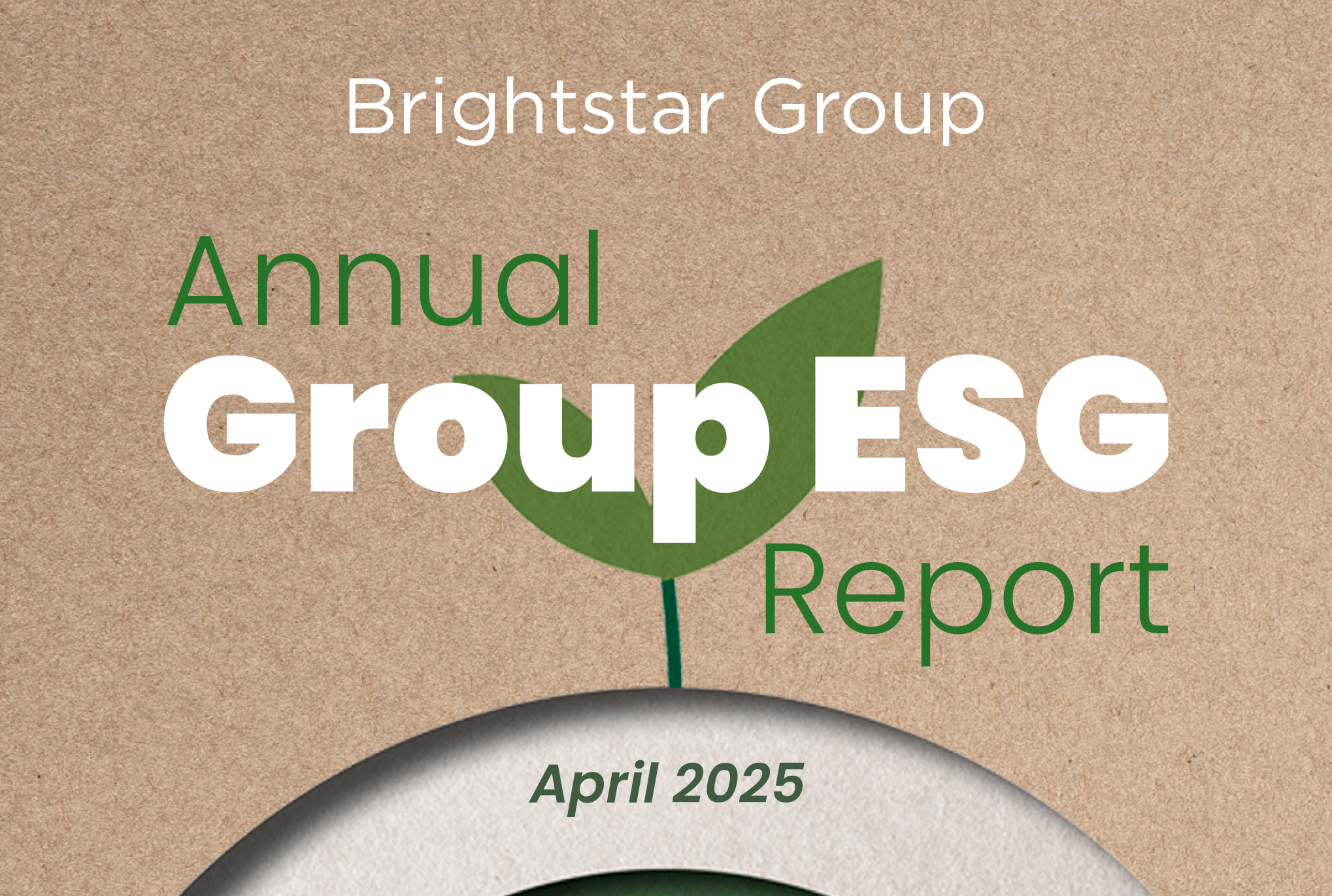April 2024
Achieving 100% funding for residential developments
Ashley Elkin, Senior Associate
Since the start of 2024 market confidence has improved tenfold. Interest rates are widely expected to fall by the end of the year and properties that start construction within the next 6 months should see buyer confidence improve by the time properties reach practical completion.
In the residential development world many developers strive to achieve the 100% funding milestone on their projects. Reaching 100% funding means developers and investors can be more opportunistic, carrying out multiple developments at once, or use their breadth of knowledge and experience to maximise returns with minimal equity investment.
As a result of these changing market dynamics equity investment is back after a short post-COVID hiatus, with multiple equity potentials resurfacing with strong appetite in the sector.
100% development finance typically combines a mixture of standard senior debt with third party equity via a JV (Joint Venture). The combination of both provides all of the funds required to purchase or refinance the land and completely fund the building works and associated professional fees, CIL payments etc.
Four key things to consider when attracting 100% finance:
Experience
The most important factor when achieving 100% finance is experience. Lenders will want to see a proven track record of building and selling/refinancing projects and the more projects completed, the better the chances of securing 100% finance. JV partners will also want to fund schemes that are like-for-like, so developers looking to scale up their next project from 9 units to 40 units are unlikely to get the support they need. Track record is everything.
Finding the right senior lender
Many senior lenders in the market will want to see at least 10% of the total project cost coming from the developer. Even though you have found a JV partner that is willing to provide you with the full equity amount to build the scheme, there may still be a requirement to put developer cash into the deal. Sourcing the senior lenders that do not have a minimum equity requirement is key to minimising equity input from the developer in the joint venture.
Profitability of the Development
Whilst this seems like an obvious consideration, JV partners will often be looking at multiple schemes at any one time and will choose the schemes that offer the highest returns. As a general rule of thumb a JV partner will not consider a scheme if the profit on cost is 30.00% or less before finance costs. The higher profit on cost, the better your chances are of attracting a JV partner.
Development Demand
The demand for a development is a key factor in reducing risk for a JV partner. Preference will always lean towards developers that are constructing units that sell well in the local market, in locations with high demand and at a price point that does not alienate potential purchasers. It is not uncommon for developers to try and achieve maximum sales prices through the construction of high end or larger units than the stock that is selling well in the local market, but this isn’t always an attractive proposition. Keep it simple, keep it affordable.
In summary, the development finance market remains strong and demand for housing has never been greater. With land prices finally falling and distressed opportunities entering the market there is opportunity for developers to spread their equity with the right JV partner.
Sirius Property Finance works with a numbers of equity partners in the development space currently seeking their next investment.
For intermediaries only.
Your home may be repossessed if you do not keep up repayments on your mortgage or a loan secured against it.
The Financial Conduct Authority does not regulate some aspects of corporate financial planning, property investment or buy to let lending.



